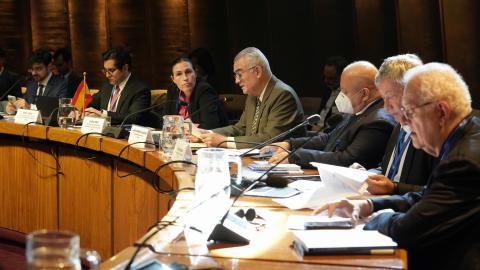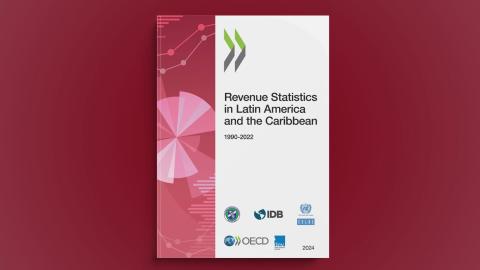Press Release
The region's international bond sales reached a half-year record of US$ 84 billion in the first half of 2014, beating the previous record established in the second half of 2013 by nearly US$ 21 billion, according to ECLAC's calculations on the basis of data from LatinFinance and other market sources.
According to the report Capital Flows to Latin America and the Caribbean: Recent Developments prepared by ECLAC's Office in Washington D.C., the surge represented an increase of 41% relative to the amount issued in the first half of 2013 and of 32% relative to last year's second half. The average deal size, at US$ 740 million, was also the highest on record.
The study shows that international capital flooded back to Latin American and Caribbean markets in the first six months of 2014.
Including July, the region's total debt issuance reached US$ 97 billion, compared to US$ 69 billion in the same period in 2013. The increase in issuance came as borrowers took advantage of low borrowing costs to sell new bonds and refinance outstanding debt with liability management exercises.
The report says that low volatility and risk aversion have prevailed in most financial markets since late January, when a bout of volatility followed by a market correction caught market participants by surprise. Even as a stronger job market in the U.S. fosters discussions on when and by how much the Federal Reserve will raise rates in 2015, in the first half of the year investors behaved as if the low-yield environment will persist.
The surge in capital flows has been supported by the decline in global volatility and risk aversion since late January, and asset prices have increased as a result. The unusually low global volatility has prompted concerns that market participants may be increasingly complacent about tail risks, however, according to ECLAC's study.
The Federal Reserve has confirmed that its quantitative easing (QE) program will end in October 2014, the latest and firmest signal that U.S. monetary policy is reversing direction. The big question that emerging markets are now asking is how quickly and how suddenly interest rates will go up.
The paper adds that there is a risk of instability in financial markets in the coming year if the Fed's target rate rises earlier and faster than expected, which can impact Latin America and the Caribbean's access to international capital markets. If global interest rates increase faster than anticipated, they could trigger capital outflows as investors seek higher interest rates and safer assets in advanced economies.



